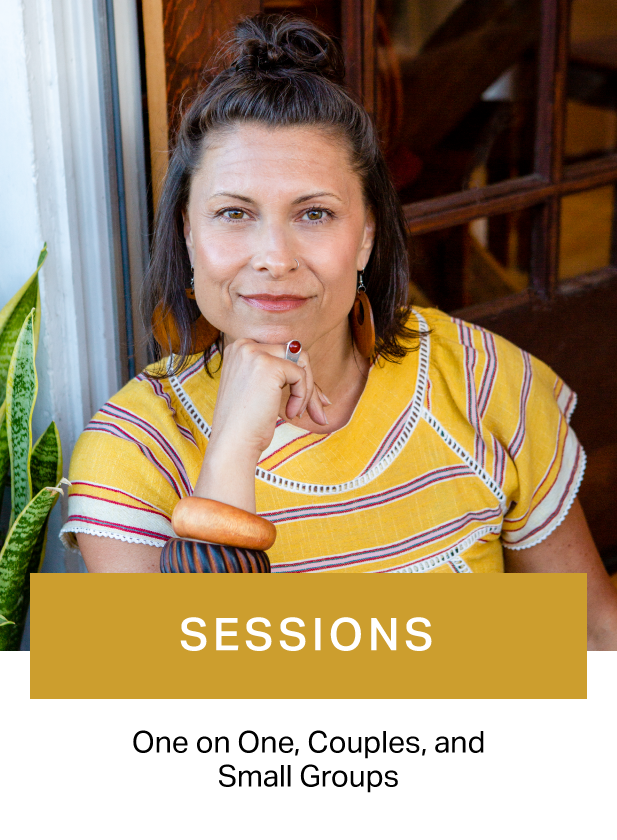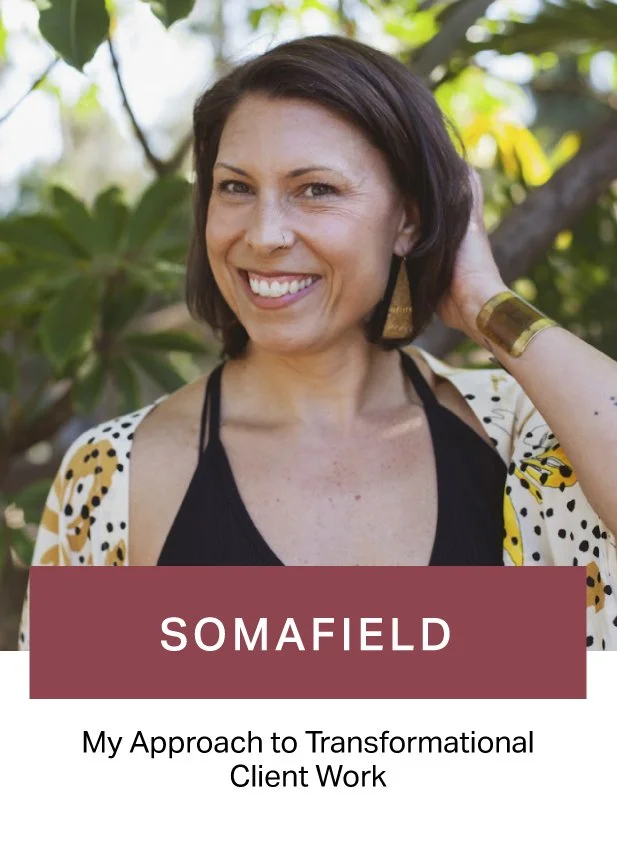Nervous System Literacy
In our work as coaches and therapists, we’re often listening for what a client is saying—the content of their experience, the beliefs they hold, the patterns they carry.
But equally important is listening for how they’re saying it—what their nervous system is communicating beneath the words.
This is the heart of nervous system literacy and it’s the 3rd core principle of The SomaField Approach to Transformational Client Work.
Nervous system literacy is the ability to recognize, understand, and work with the states and responses of the nervous system in both ourselves and our clients. It invites us to tune into the relational physiology of the moment—tracking for cues of safety, connection, dysregulation, or survival strategies like collapse, fawning, or dissociation.
It means we notice not just whether a client is in insight—but whether their body is in a state that can metabolize that insight.
It also means we become conscious of our own state as practitioners. Are we subtly pushing? Trying to “get somewhere”? Are we modeling regulation and pacing? Are we tracking both content and tone—and adjusting to support parasympathetic predominance when needed?
When we’re literate in the language of the nervous system, we’re able to:
Slow down when activation spikes.
Invite breath or stillness when we sense overwhelm.
Help clients come back into a window of tolerance where integration is possible.
Make more attuned choices about when to explore content and when to prioritize co-regulation.
A Simple Practice
In your next session, try this:
While your client speaks, gently expand your focus. See if you can track both the story and the state.
Feel into:
What is the client communicating about their state underneath the words?
Also feel your own body:
What’s happening in my system as I listen? Am I grounded, or subtly bracing?
No need to fix or change—just notice. Track the relational field with curiosity. You may find your interventions soften, your presence deepens, or your pacing shifts when you’re responding to more than just the story.
Over time, this kind of literacy helps us create containers that are not just insightful, but truly healing.
If you know another practitioner who’s exploring this kind of work, feel free to forward this their way. We learn best in community.




